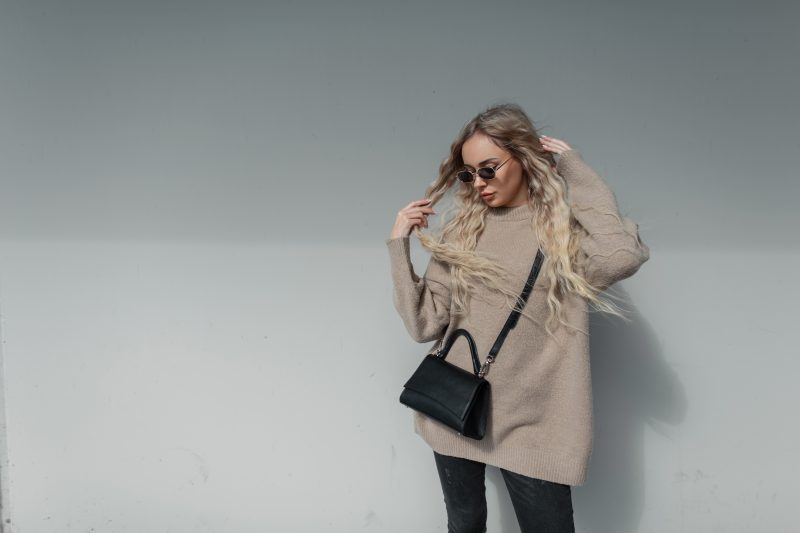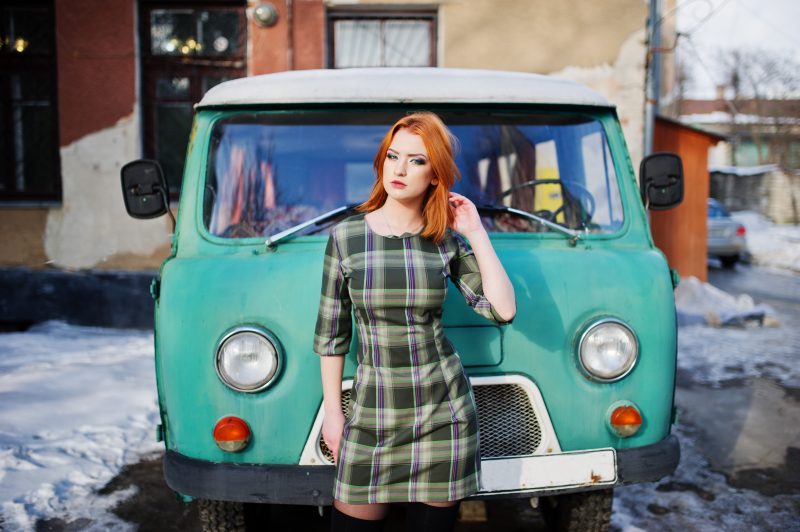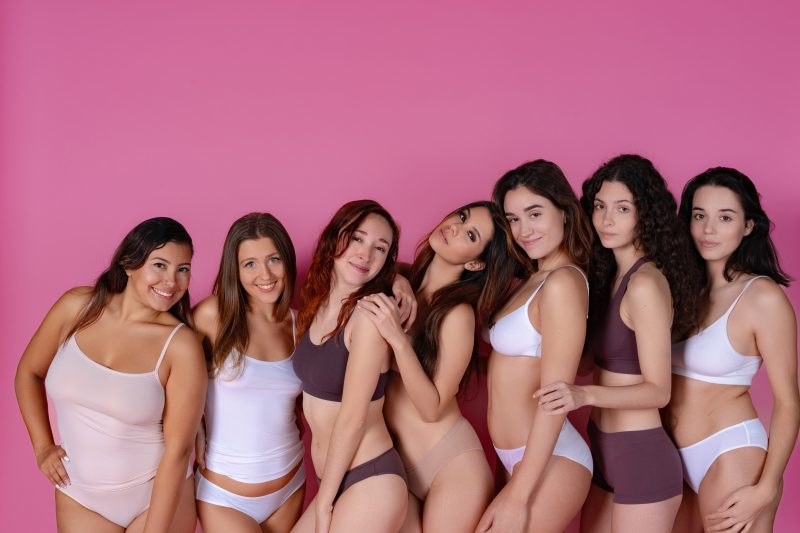My mother has a theory about British fashion that she’s been preaching since I was old enough to spend my own pocket money on clothes. “There’s good value,” she’d say, rifling through sale racks with surgical precision, “and then there’s actual value.” This distinction—delivered in her no-nonsense Sheffield accent while expertly assessing fabric quality with a quick rub between thumb and forefinger—has shaped my approach to shopping more than any trend report or designer influence ever could.
The difference, as she would explain during our Saturday expeditions to town, isn’t about price alone.
“Good value” might mean something cheap that looks decent for a while. “Actual value” means something fairly priced that’s made well enough to last, that won’t unravel after two washes or lose its shape after one wear.
It’s the difference between a bargain and an investment, between fast fashion and what I’ve come to think of as “slow high street”—those British brands that consistently deliver quality that punches well above their price point.
This distinction feels particularly relevant now, when conversations about sustainability often focus on expensive, explicitly eco-friendly brands that remain inaccessible to most people. The reality is that most of us shop somewhere in the middle—not ultra-fast fashion, not luxury designer, but that practical middle ground of the better high street brands. And within that territory, some British retailers consistently deliver clothes that last, styles that transcend flash-in-the-pan trends, and quality that genuinely surprises given the price point.

I’ve spent years—both personally and professionally—figuring out which high street brands offer that elusive “actual value” my mum talked about. The ones where the fabric feels substantial, the cut is considered, the finishing is neat, and the design has enough character to feel specific without being faddy. The brands where I can confidently recommend pieces to readers, knowing they’ll still be wearing them several years down the line.
This isn’t about the cheapest options (though a good deal is always welcome), but about identifying where your money goes furthest in terms of quality, longevity, and style. It’s about those hardworking heroes of the British high street that deliver the goods time and again, often without the fanfare of their flashier competitors.
Let’s start with the grande dame of reliable British retail: Marks & Spencer. I know, I know—mentioning M&S as a quality retailer is hardly revolutionary. But there’s a reason this stalwart has survived the retail apocalypse that’s claimed so many of its contemporaries. While the fashion offering can sometimes veer into territory best described as “clothes for women who have given up” (sorry, M&S, but those elasticated polyester trousers aren’t doing anyone any favors), certain departments consistently excel in quality that defies the price tags.
The knitwear department is the jewel in M&S’s crown. Their cashmere, in particular, is something of a fashion editor’s open secret—at £79 for a classic crew neck that rivals pieces three times the price. I have a navy cashmere jumper from M&S that’s survived five winters of heavy rotation and still looks respectable enough for work meetings. The key is to stick to the classic styles rather than the more trend-led pieces, which tend to use the same quality fabric but in cuts that date more quickly.
M&S lingerie is another department that delivers consistent quality beyond its price point. The technical skill involved in making properly supportive, comfortable underwear is often underestimated, but anyone who’s ever endured an underwire stabbing them in the armpit or elastic that degrades after three washes knows that good lingerie is worth paying for. M&S bras, particularly from their Autograph range, routinely outperform much more expensive brands in terms of fit, comfort, and longevity.
The menswear department also deserves special mention, particularly for basics and workwear. Their pure cotton shirts (around £35) are constructed with the kind of details you’d expect at much higher price points—decent weight cotton, pattern-matched pockets, and stitching that doesn’t unravel in the wash. I’ve lost count of the number of men I’ve converted to M&S shirts after they’ve complained about more expensive options falling apart after a few months of regular wear.
Moving slightly up the high street in terms of style (if not necessarily price), Toast has established itself as a brand that delivers quality with a distinct aesthetic identity. What started as a small Welsh pajama company has evolved into a brand known for thoughtful, textural pieces in natural fabrics. Their prices sit at the upper end of the high street (dresses typically range from £150-£250), but the quality justifies the investment. The fabrics are substantial—linens with proper weight, cotton that doesn’t go transparent, wool that doesn’t pill immediately—and the construction techniques often draw from traditional craftsmanship.
I have a Toast dress that I bought seven years ago, a simple A-line in a heavyweight navy linen that has become something of a personal uniform for work events where I need to look put-together but still like myself. It cost £180 at the time, which felt like a meaningful purchase on my then-junior salary. Calculated on a cost-per-wear basis, it’s now one of the most economical items in my wardrobe, having served for countless work presentations, industry panels, and meetings where I needed to feel confident. The fabric has softened beautifully with wash and wear, but the structure and color remain intact.
Toast’s approach—designing clothes that evolve and improve with age rather than falling apart—represents a different kind of high street offering, one that aligns with slower consumption and more considered purchasing. Their twice-yearly sales are worth monitoring, with reductions that make the quality-to-price ratio even more compelling.
In a similar quality bracket but with a more colorful, print-focused aesthetic, Seasalt Cornwall has evolved from a small regional retailer to a national presence delivering consistent quality in casual wear. Their commitment to natural fabrics—particularly their responsibly sourced cotton—results in clothes that actually improve with washing and wearing rather than degrading. Their printed dresses (around £70) are made with properly substantial cotton that doesn’t go shapeless after a few washes, and the print quality doesn’t fade even with regular laundering.

What’s particularly interesting about Seasalt is their understanding of a British wardrobe’s practical needs. Their raincoats (£130-£150) are genuinely waterproof rather than merely water-resistant, with proper sealed seams and functional hoods that actually stay up in wind. Living in Peckham, where my daily commute involves more exposure to the elements than I’d ideally choose, I’ve put their outerwear through punishing testing and found it performs comparably to technical brands at much higher prices.
For tailoring and workwear that delivers beyond its price point, Hobbs remains a consistent performer despite changing ownership and some questionable rebranding exercises over the years.
The core of what they do—well-constructed, workplace-appropriate clothing in decent fabrics—has remained impressively consistent. Their suits, in particular, offer quality that rivals much more expensive brands, with proper internal construction and fabrics that hold their shape.
I have a Hobbs wool blazer that I bought for my first major job interview ten years ago. At £189, it represented a significant investment for someone on an entry-level salary, but it still looks current and well-maintained despite a decade of regular wear. The wool is a proper weight, the lining is intact despite years of putting it on and taking it off in rush-hour commutes, and the buttons haven’t loosened or fallen off. For context, in the same period, I’ve had two supposedly “premium” blazers from other brands that cost considerably more but haven’t lasted nearly as well.
In the accessories department, Russell & Bromley deserves recognition for shoes that genuinely last. Yes, at £200+ for most styles, they’re at the higher end of the high street, but the quality-to-price ratio remains impressive. They’re one of the few accessible brands still using properly constructed techniques like Goodyear welting (where the sole is stitched rather than glued, allowing for repair and replacement). I have R&B loafers that have been resoled twice an



